Plants are time-sensitive life forms; they live on a schedule, sprouting, growing, flowering, going to seed, and going dormant at different times of year. These features are most evident in temperate regions, and regions with seasonal rainfall, which includes nearly all of the U.S.
In order to control or remove a plant, knowing the timing of its lifecycle is critical to success. Annuals sprout and then grow through a single season, putting all their resources into seed production before dying. Perennials sprout from roots each year, investing early energy into producing leaves and stems, which they use to capture solar energy that is then stored in roots for future years, putting only a little energy into seed production each year. Woody plants invest more energy in their physical structure, and are in it for the long haul.
Some common reasons weeding or control measures can fail include:
- Removing annual weeds too late, after they have gone to seed - Annual weeds die completely at the end of the growing season, after they set seed. Cutting or removing a plant that has already gone to seed will not harm it at all--it may even help if your removal disturbs the seeds and distributes them over a wider area. Some plants, like purslane, can store considerable water in their stems, and can use this water to go to seed even after you have cut or uprooted them. For these plants, removing them early is even more important. Each annual is timed differently; many sprout in spring and bloom in fall, but some have different timings, like winter annuals which sprout in late fall or winter, and may bloom as early as early spring.
- Cutting back perennial weeds too late in the growing season - This is ineffective, because the plant has had the whole growing season to store energy in its roots, and the plant was probably gearing up to go dormant anyway. Late in the growing season, perennial herbaceous plants stop investing as much energy in their leaves and stems, and in autumn or before periods of dormancy, often begin breaking down their leaves in order to recycle some of the nutrients. Cutting plants during this time will not do them much damage.
Usually, the best time to work on controlling weeds is during or directly after the most vigorous burst of growth. For most plants, this is spring or early summer. This times your control right after the plant has invested the most energy into growth, but before it has had the opportunity to extract much benefit from the leaves. It also gives surrounding plants, which are likely still growing vigorously, an opportunity to utilize the sunlight and space freed up by removing the weedy plant.
For longer-lived woody plants like trees and shrubs, timing of control measures is less important, although still somewhat important. Any time you cut or remove woody parts of a plant, you are causing it considerable harm. A few fast-growing woody plants, however, like Ailanthus altissima, behave a little like perennial weeds, easily resprouting from underground roots.


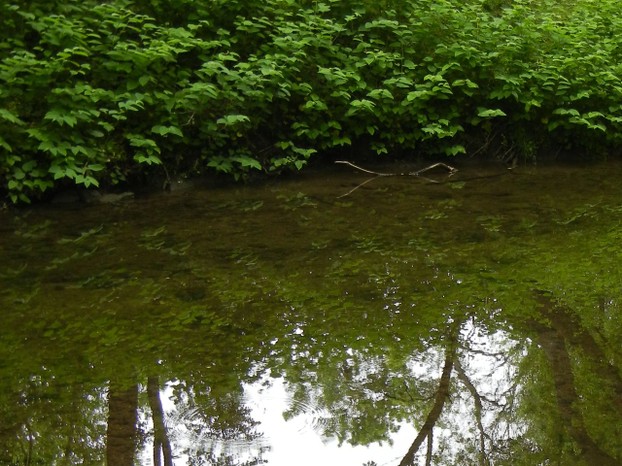

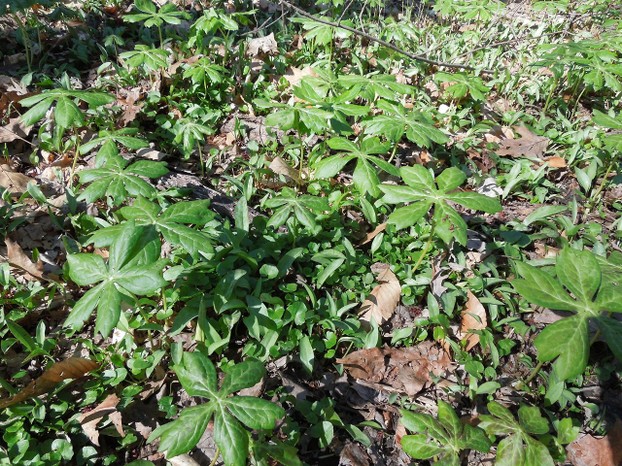
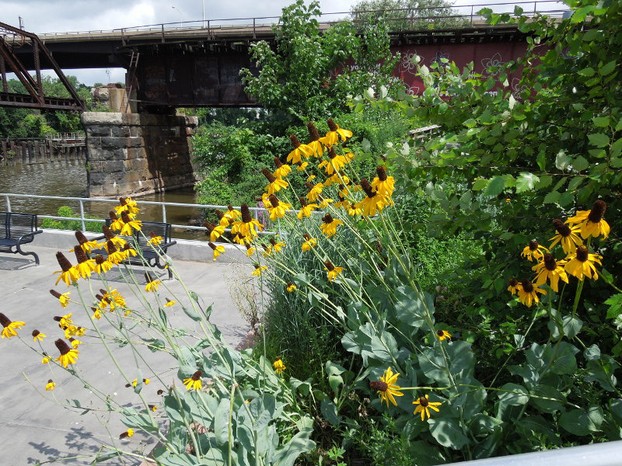
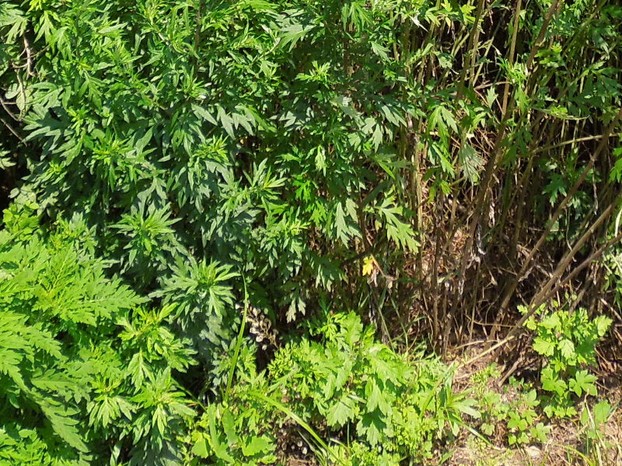

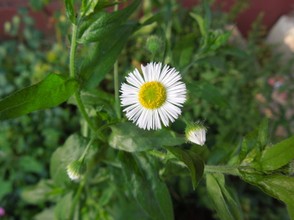
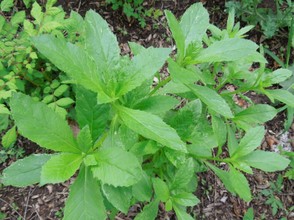







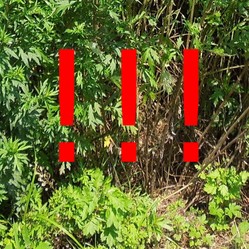

 The Shaming of Femininity and Elevation of Masculinityon 07/13/2017
The Shaming of Femininity and Elevation of Masculinityon 07/13/2017
 What is Genderqueer or Non-Binary Gender?on 10/16/2015
What is Genderqueer or Non-Binary Gender?on 10/16/2015
 Resources for Learning Spanish Free Onlineon 04/13/2016
Resources for Learning Spanish Free Onlineon 04/13/2016
 Ways Native Plants Can Help Control Invasive Plantson 05/26/2016
Ways Native Plants Can Help Control Invasive Plantson 05/26/2016

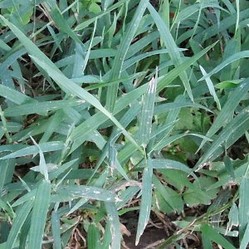
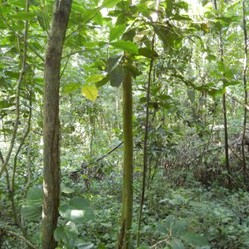
Questions? Comments? Feedback?
#3 is a good tip. I often remove plants at the wrong time only to find them re-growing
This is some excellent information. I've never given much thought as to the right time of year to remove invasive plants. I don't have many, but some mint I planted last year has been going nuts growing all over my small backyard garden. I am pulling it out as I plant new things, so I guess I may get control of it! I am one of the few people who enjoys weeding so it doesn't bother me too much.
I absolutely agree with letting wildflowers and wild plants spring up in the yard and garden. I can't identify most of the "weeds" but they are so interesting looking that I enjoy their presence. And the little wildflowers are necessary for the habitat.
Thanks for this.